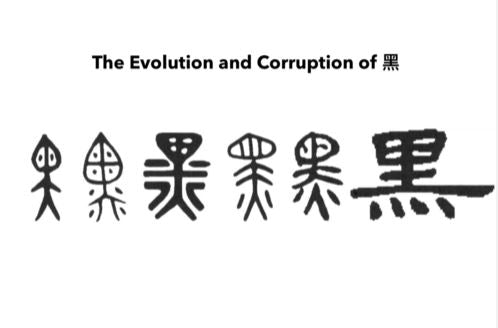Japanese
Kanji Radicals in Japanese. Don’t Do It.
Kanji Radicals in Japanese. Don’t Do It.
Why you need to start thinking of kanji in terms of functional components.
By John Renfroe
This advice is...
Explaining the Directions 東西南北, part 1: 東西
Long time no see! As you’ve probably noticed, we haven’t posted anything in a while (several months, actually). Well, that’s because there are ...
Dictionary Update! 500+ new entries!
Just wanted to make a quick update to say we've released a huge update our dictionary!This update adds another 500+ Essentials kanji entries to th...
What is Etymology and Is it Useful for Learning Kanji? (Part 2)
What is Etymology and Is it Useful for Learning Kanji? (Part 2)
By Ash Henson
In the previous post, I went over the first three aspects of etymolog...
What is Etymology and Is it Useful for Learning Kanji? (Part 1)
What is Etymology and Is it Useful for Learning Kanji? (Part 1)
By Ash Henson
So, what is kanji etymology? It’s usually defined something like “the...
Understanding Corruption in Kanji (part 2)
Note: Before we get started here, I’d like to mention our motivation for making posts like these. It is not to show how we explain kanji in our dic...
Understanding Corruption in Kanji (Part 1)
Understanding Corruption in Kanji (part 1) by
Looking at the Etymologies for 面 and 友
By Ash Henson
First, a note on our use of the term “corruption...
Getting Radical About Radicals
There’s a huge misconception about how kanji work. You see this sort of advice all the time: “Kanji are made up of radicals, so you should learn the radicals first,” or “Make sure you learn the radicals. They’re the building blocks of kanji.” This is not true. People who say this are well-intentioned but ill-informed about the nature of the kanji.
Three Attributes, Three Functions
So, how do kanji actually work?
It’s fairly simple, believe it or not. Most kanji are made up of components, and those components can play different roles within the kanji.








